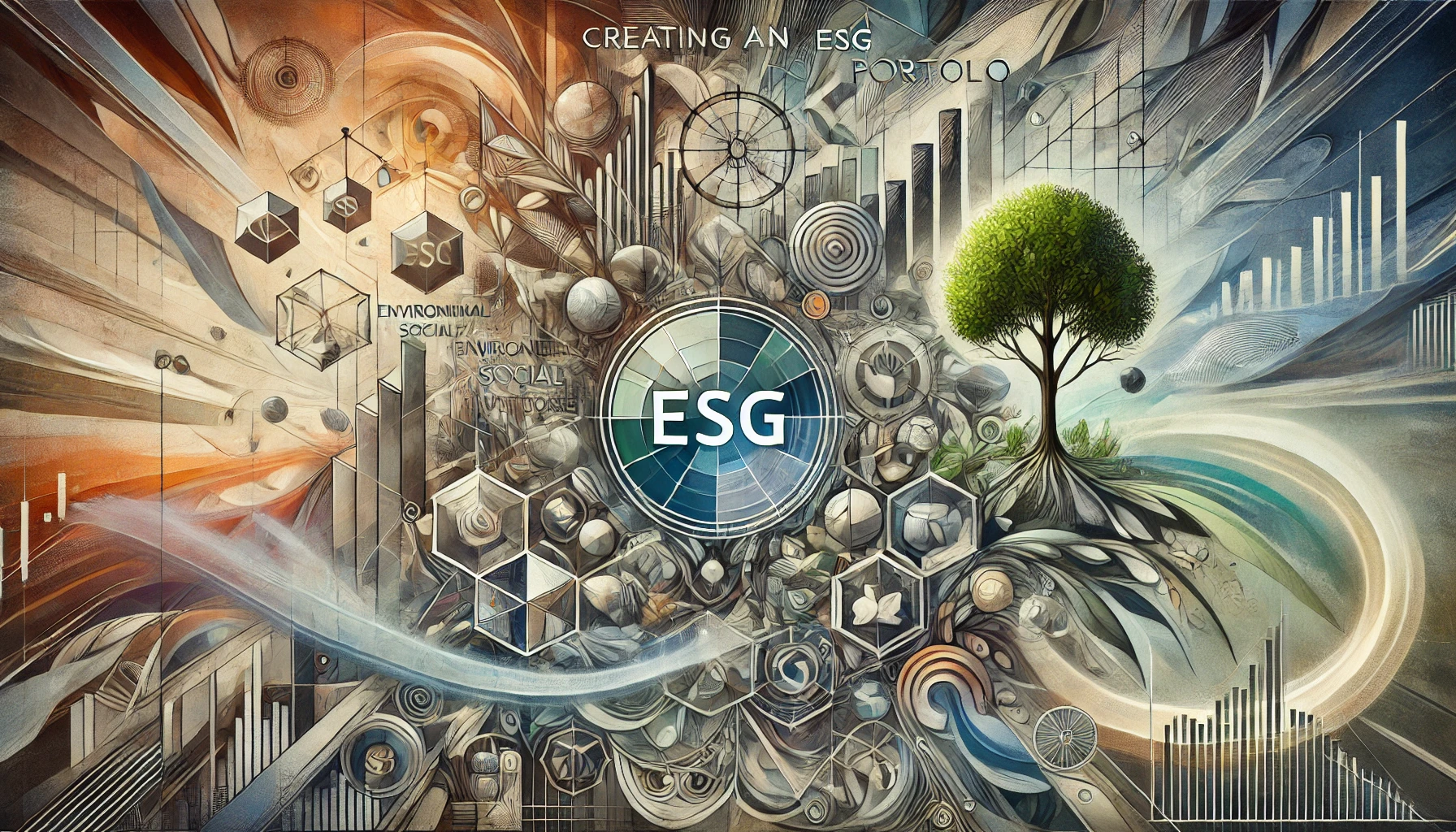This post describes how an investor who supports ESG re-tooled their portfolio to reflect their values.
Background
When a grandfather sold his business to retire 20 years ago, he used the cash left in his holdco to invest in a portfolio of stocks chosen by an investment advisor at a bank owned brokerage firm.
Then, when the grandfather died 10 years ago, he left this holdco to his 2 grandsons and for the past 10 years, the grandsons continued to work with their grandfather’s advisor and the portfolio now contains:
| Cost Base | Market Value | |
| Enbridge Inc | $692,000 | $2,115,000 |
| Great-West Lifeco | $393,360 | $427,680 |
| Imperial Oil | $1,120,234 | $846,675 |
| Manulife Financial | $578,325 | $738,100 |
| Pembina Pipeline | $641,229 | $731,900 |
| Royal Bank of Canada | $1,072,200 | $1,759,650 |
| Suncor Energy | $1,576,212 | $1,025,310 |
| Thomson Reuters | $518,553 | $1,552,315 |
| Toronto-Dominion Bank | $600,480 | $1,014,000 |
Now their grandfather’s advisor is retiring and has transitioned their own practice to an associate.
The grandsons think this is a good time to re-position towards ESG. What are the challenges?
- A great sense of responsibility to steward the portfolio their grandfather has left them. The grandsons fear they may make a mistake and wreck the portfolio, thereby losing money and damaging their grandfather’s legacy.
- Although the grandsons like the idea of making their portfolio reflect ESG values, they have not actually defined what those values are to themselves personally.
- Re-positioning their portfolio might involve selling some securities and buying others. This would mean realizing capital gains, which will have tax consequences.
Their investment advisor has not taken the time to understand their values, so no progress has been made.
The grandsons turn to a family office to help them define their values and craft an investment policy reflecting their objectives.
Their Values
Through consultations with their family office, it is determined that “environmental sustainability” is their overarching value. Thus, the portfolio holdings must support a low carbon society.
However, it turns out that four of their nine stocks are oil & natural gas companies (Enbridge, Suncor, Pembina Pipelines, and Imperial Oil).
Capital Gains
With the help of their family office advisor, the grandsons consult with their accountant to determine the tax liability if their oil & gas stocks are sold.
The accountant shows them how approximately $500,000 of capital gains will be realized if those stocks are sold.
The family office advisor prompts the accountant to describe the consequences of a donate to eliminate strategy. This means the grandsons would donate a portion of their Enbridge shares to a donor advised fund which would offset any taxes owing and will also add to the holdco’s capital dividend account.
Which Charities?
With the help of their family office advisor, the grandsons identify three charities to support with their new donor advised fund account: Nature Conservancy of Canada, Nature Canada, and the Bruce Trail Foundation. With their $500,000 endowment, the grandsons choose to donate $10,000 annually to each of these charities in perpetuity.
New Stocks
The grandsons would like to replace the four stocks sold with ones that capture the core values of their newly formed investment policy’s objectives. Their portfolio needs to replace the four stocks that were sold, so after thorough review with the family office advisor and their investment advisor, they agree to place the sale proceeds towards shares of Magna International, Metro Inc, OpenText, Intact Financial, Brookfield Asset Management, Canadian Natural Railway, and Kinaxis.
Family Office Role
The grandsons are not investing and tax experts, and none of their current advisors were helping them achieve their goals. Using a family office advisor enables the grandsons to bring more clarity to their plans and have an expert in the room when they have discussions with their investment advisor and accountant. This enables the grandsons to make major changes to their portfolio without doing it alone or risk being sold something they don’t need.






